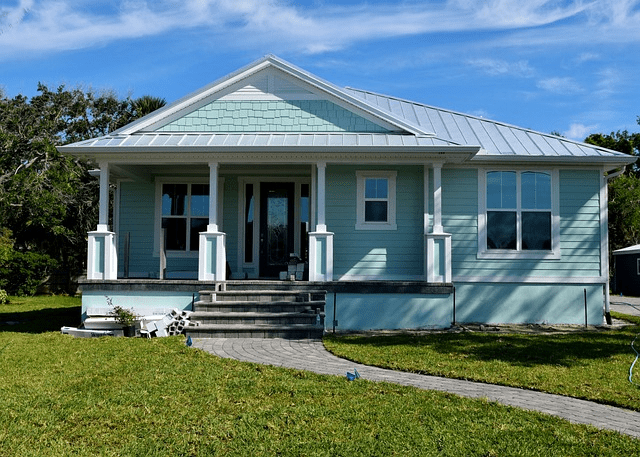Surviving the Swarming Season for Termites: Tips to Protect Your Home
What is the swarming season for termites, and how can you prepare for it? Termites typically swarm in warm weather following winter, potentially invading homes and causing damage if left unchecked. Detecting signs of swarming early can save you from costly repairs. In this guide, you’ll learn the precise times for swarming, identify early warnings, and discover measures to keep your home safe from these wood-destroying insects.
Key Takeaways
Termite swarms signal the expansion of colonies and potential threats to homes, with signs including flying termites, discarded wings, mud tubes, hollow wood, and clicking sounds in walls.
Swarming seasons vary by termite species, with subterranean, drywood, and dampwood termites each having specific peak times and swarming habits, emphasizing the importance of seasonal vigilance and species-specific prevention strategies.
Professional pest control services play a crucial role in termite management, offering free inspections, specialized treatment options like baiting stations and chemical barriers, and tailored solutions for severe infestations.
Understanding Termite Swarming Season

Termite swarms are a natural phenomenon, as mesmerizing as they are menacing. These swarms consist of winged adult termites, known as termite swarmers, embarking on a nuptial flight to establish new colonies. This event marks a crucial point in a termite’s life cycle, set in motion by the warming temperatures that transition winter into spring. As the mercury climbs, these swarming termites engage in a frantic dance, driven by the need to mate and secure the future of their species. It’s not just a simple relocation; it’s the birth of a new reign, as termite colonies multiply and spread their dominion across the land.
Far from being a mere spectacle, the swarming season indicates potential threats to our homes. When termites swarm, they’re not just seeking partners; they’re scouting for new territories to conquer. A termite infestation can be the downfall of a property, as these insects voraciously consume wood, causing irreparable damage. Recognizing the early signs of a termite swarm can mean the difference between a simple preventive measure and a full-blown termite control battle.
Some early signs of a termite swarm include:
Seeing flying termites or discarded wings around your property
Finding mud tubes or tunnels on the exterior walls of your home
Noticing hollow or damaged wood
Hearing clicking sounds coming from the walls
If you notice any of these signs, it’s important to take immediate action to prevent further damage. Contact a professional pest control company to assess the situation and provide appropriate treatment.
Identifying the Peak of Termite Swarm Season
In the lush landscapes of Florida, the termite swarm season casts a long shadow, stretching from the cool remnants of winter to the full blaze of summer. Each species of termite heralds its swarming peak at different times, turning the calendar into a tactical field guide for homeowners. Here are the peak swarm times for different termite species in Florida:
Eastern subterranean termites: November through May
Dark Southeastern termites: summer days
Light Southeastern termites: November to March (evening swarm)
Cuban subterranean termites: December
West Indian subterranean termites: rainy season
Being aware of the typical swarming times of termites is key to proactively managing these destructive pests. The invasive Formosan and Asian subterranean termites, notorious for their rapid wood consumption, have their swarming periods from March through May and June, respectively, presenting a pattern of diverse swarming schedules unique to Florida’s climate. Maintaining vigilance during these peak periods is important, as preventive measures taken during the termite season can save considerable efforts in termite treatments later.
Common Termite Species and Their Swarming Habits
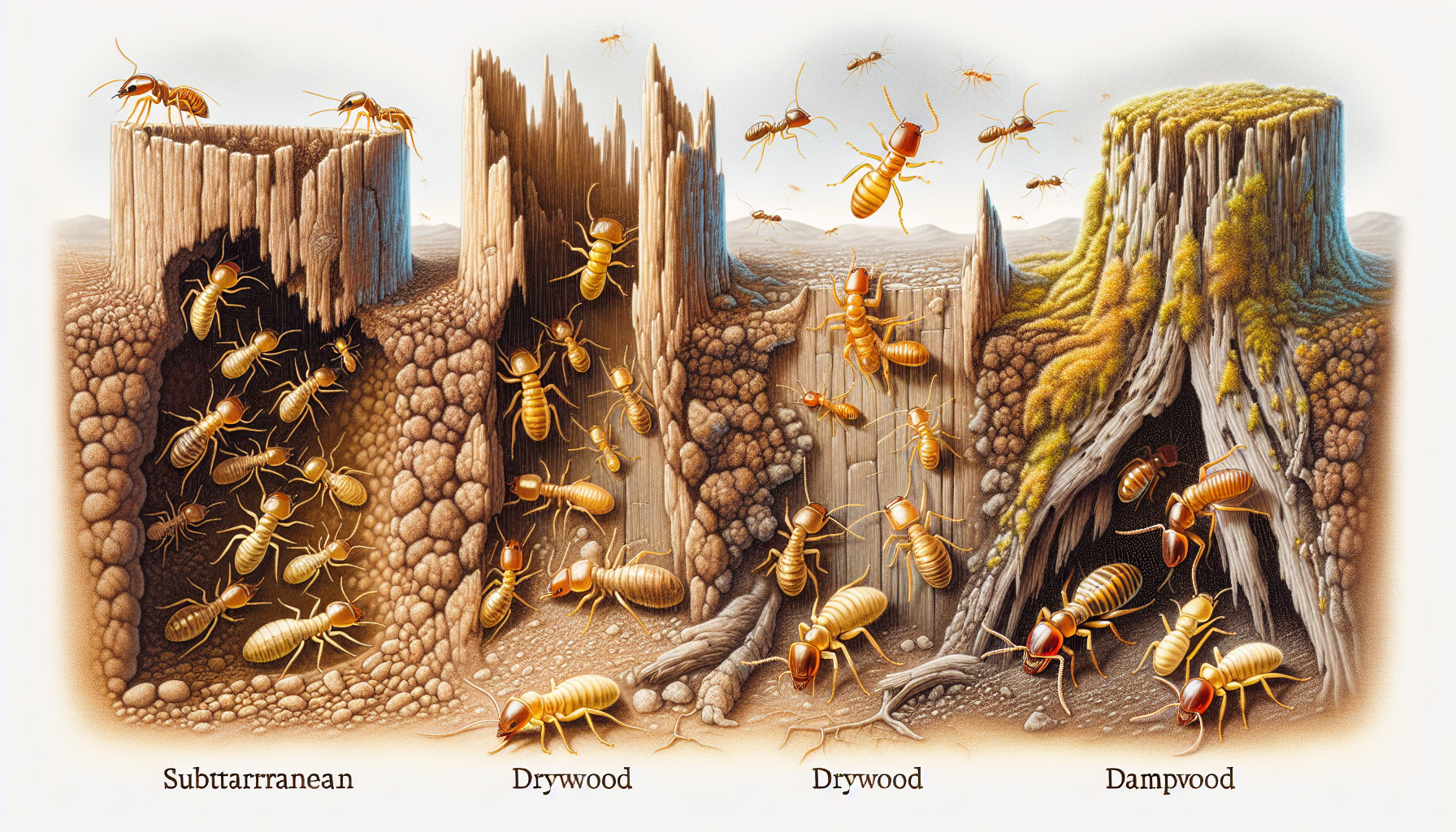
From the densely populated subterranean cities to the secluded alcoves of drywood dwellings, different termite species exhibit distinct swarming habits and environmental preferences. Subterranean termites, the most prevalent in many regions, typically swarm in the spring, using the moist soil as their stronghold. Drywood termites, favoring the dryer abodes within wooden structures, wait until the late summer or early fall to take flight.
Dampwood termites, however, shun the limelight, quietly swarming in the summer with a penchant for moist environments. Each species’ unique swarming schedule is a puzzle piece in the larger picture of termite prevention and control.
Subterranean Termites’ Swarming Patterns
The subterranean termites of South Florida are masters of timing, coordinating their swarming from February through May, a period when homeowners must be most vigilant. This group includes the Formosan subterranean termites, which swarm from late April to early May and are particularly invasive due to their ability to form aerial colonies. The Eastern subterranean termites, on the other hand, display a broader swarming timeline, spanning from early December to late May, showcasing the diversity within this group.
These subterranean termites have a penchant for daytime swarms, especially the dark Southeastern species that revel in the summer sun. Their counterparts, the Formosan termites, prefer the cover of night for their swarming activities, a behavior that sets them apart within the termite community in Florida. Knowing these patterns is important, as indications such as mud tubes and swarming activity during these specific seasons and times of day can hint at an active infestation.
Drywood Termites and Their Swarming Season
Drywood termites, the reclusive cousins of the subterranean variety, choose the warmth of late summer and fall for their swarming season. In Florida, these termites can be observed swarming from March to November, with peaks between May and June for Florida drywood termites and April to July for West Indian drywood termites. Southeastern drywood termites, preferring the twilight hours, typically swarm from dusk till dawn, adding a nocturnal angle to the termite swarming season.
Unlike their ground-nesting kin, drywood termites reside within the very wood they consume, making their swarming season a critical time for homeowners to detect and prevent infestations. Western drywood termites in Florida, for example, exhibit most of their swarming activity from September to November and are primarily daytime flyers. Identifying the signs of drywood termite swarming can lead to timely termite control measures, thus preventing the silent havoc these insects can cause.
Dampwood Termites: A Different Swarming Schedule
Dampwood termites are the enigmas of the termite world, with swarming habits that set them apart from other species. These termites, true to their name, favor moist environments and are less commonly found infesting homes. Their swarming season in Florida stretches from late spring to early winter, a broader window that reflects their less intrusive nature.
The elusive dampwood termites prefer the cloak of darkness for their swarming activities, typically taking to the skies during dusk or night. Due to their affinity for extremely moist wood, they are less likely to swarm indoors, reducing the risk of infestation within drier home environments. However, their presence in outdoor wooden structures can still pose a threat, emphasizing the need to watch for signs of these termites during their swarming schedule. Some signs to look out for include:
Discarded wings near windowsills or light fixtures
Small holes or tunnels in wooden structures
Frass (termite droppings) near infested areas
Hollow or damaged wood
If you notice any of these signs, it is important to take action to prevent further damage and potential infestation.
Signs You’re in the Midst of Termite Swarming Season
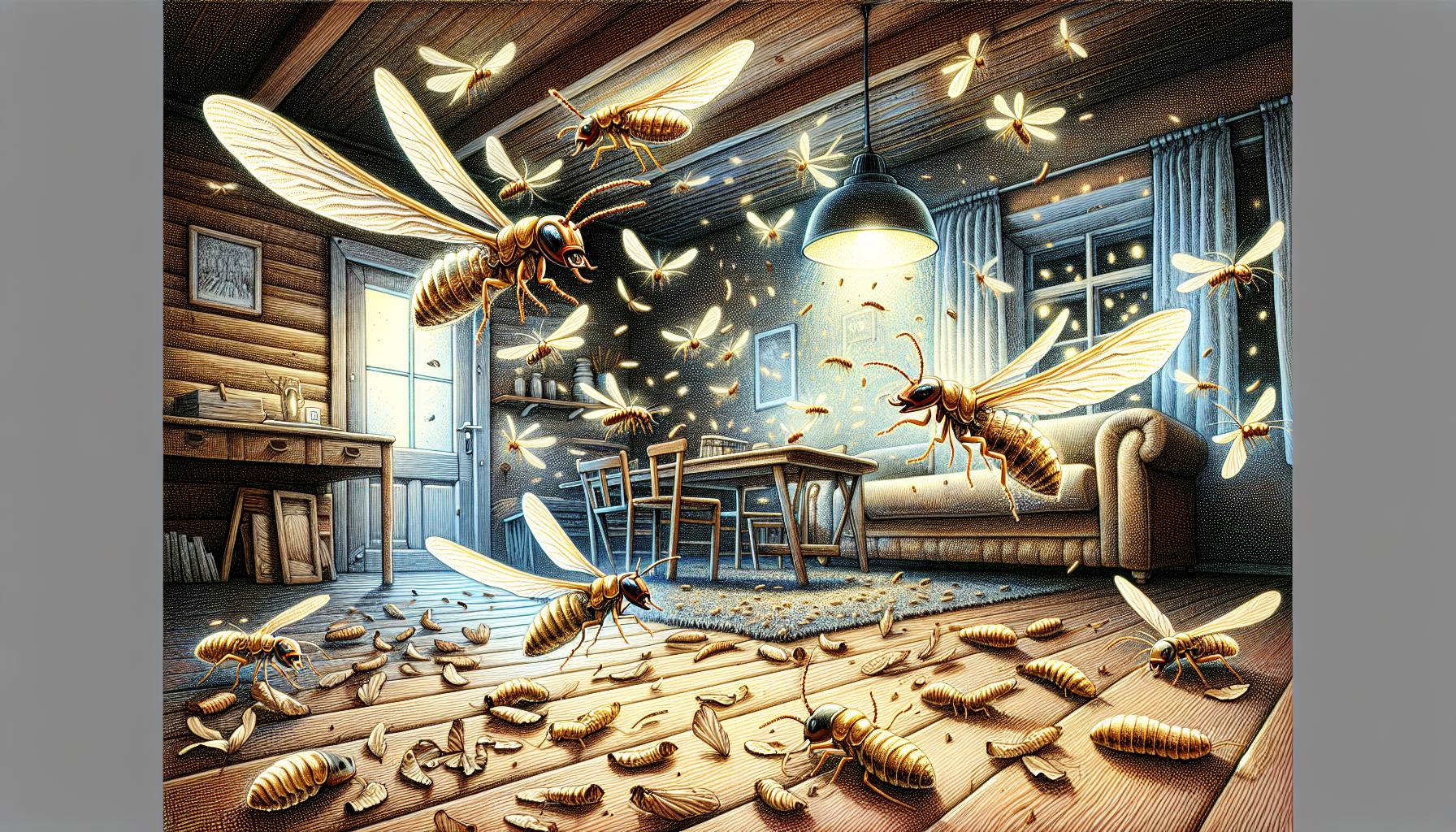
As the swarming season approaches, homeowners might notice the unnerving sight of flying termites, drawn like moths to the artificial lights within their homes. These winged invaders are a clear indication of an active termite infestation nearby, signaling their intent to establish new colonies. This phenomenon is not just a nuisance; it’s a clarion call to action, as each termite alate represents a potential future colony that can undermine your home’s structural integrity.
Discarded wings are another telltale sign of termite activity, often found near windowsills and light sources. These small, dark-colored wings come from Eastern subterranean termites that have completed their swarming phase and are starting new colonies. If these signs are noticeable, especially during known swarming seasons, it may be time to intensify termite prevention efforts and consider seeking help from a termite control professional.
Strategies to Safeguard Your Home During Termite Swarming Season
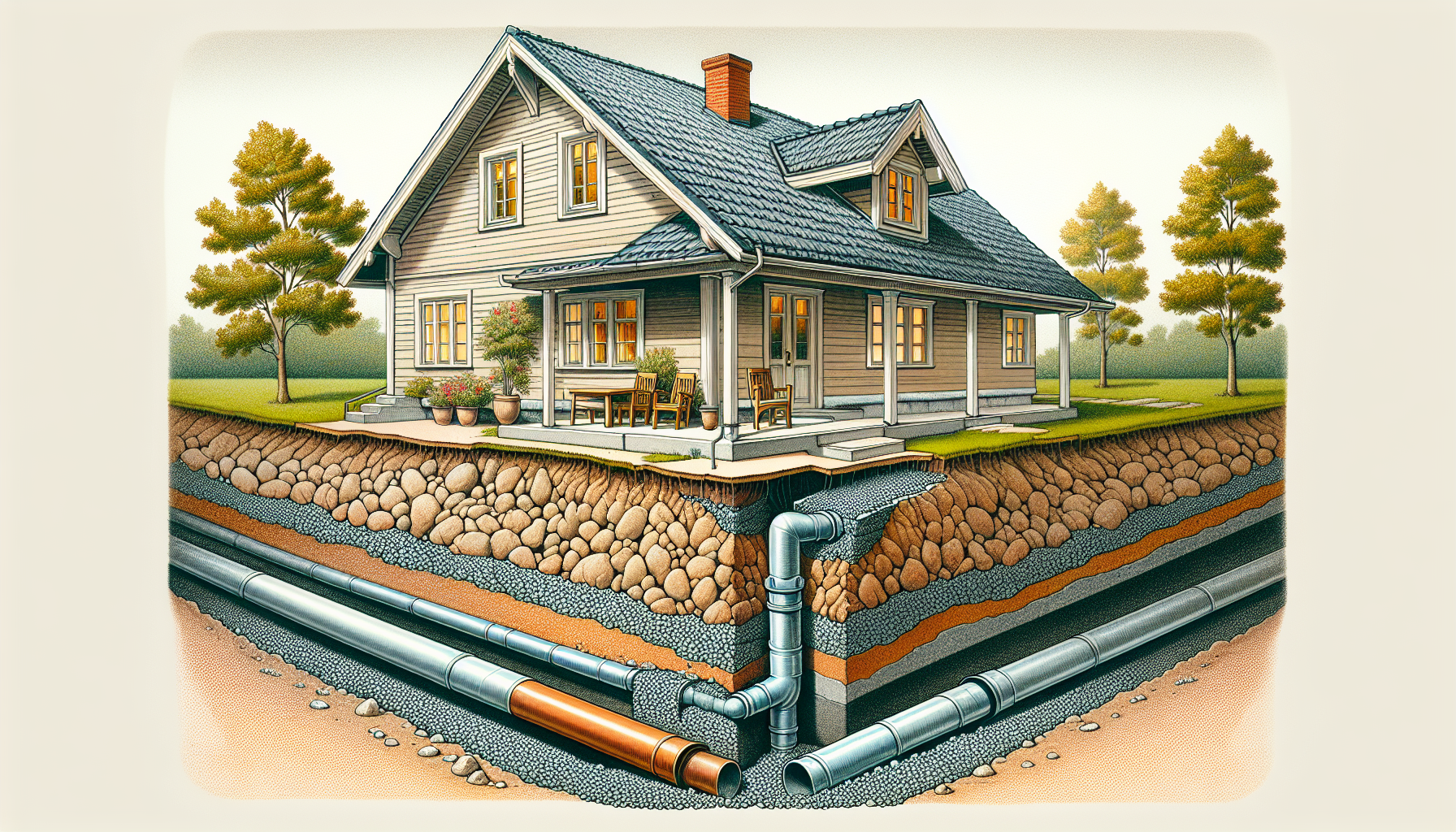
Against the backdrop of the swarming season, homeowners can deploy an arsenal of strategies to protect their homes from termite invasions. The initial steps in deterring termites involve sealing foundation cracks, repairing leaky roofs, and minimizing moisture around outdoor water lines.
By fortifying these potential entry points and damp areas, you can decrease the likelihood of termites being attracted to your property and setting up their destructive colonies.
Remove Attractants to Discourage Swarming
Combatting termite swarms begins in your own backyard. Here are some steps you can take to prevent termites:
Remove dead branches, stumps, and brush piles that provide ideal nesting sites for termites.
Prune bushes and trees to prevent them from touching the exterior of your home, which can significantly reduce the chance of termites bridging the gap to your walls.
Maintain a tidy yard and store firewood properly to deter termites, as rotting wood is a termite magnet.
By following these steps, you can help protect your home from termite infestations.
Water management is another key tactic to prevent termites. Here are some tips:
Water plants and gardens in the morning to allow excess moisture to evaporate throughout the day.
Keep wooden structures dry and robust, as termites are drawn to moisture and deteriorating wood.
Use adequate weatherstripping on doors and windows to further shield your home from unwanted termite guests.
Store firewood at least 20 feet away from your home and elevate it off the ground to prevent termites from finding an easy path into your home.
Implement Termite Prevention Measures
Beyond removing attractants, proactive termite prevention measures can offer another layer of defense. Baiting stations and chemical treatments are among the frontline options for keeping termites at bay. Baiting stations, such as Trelona Advanced Termite Bait Stations, are designed to be effective from the day of installation, luring and poisoning termites before they can cause harm. Trench treatments that apply termiticide around your home’s foundation can create an impenetrable barrier against subterranean termites.
Implementing an 18-inch barrier between soil and wooden parts of your home is another effective deterrent, as is fixing leaky pipes to reduce soil moisture. These steps help to create an environment that is less hospitable to termites, who thrive in moist conditions. By taking these preventive actions, homeowners can significantly reduce the likelihood of a termite infestation, saving themselves from costly repairs and the stress of dealing with a full-blown termite invasion.
Professional Termite Control Solutions
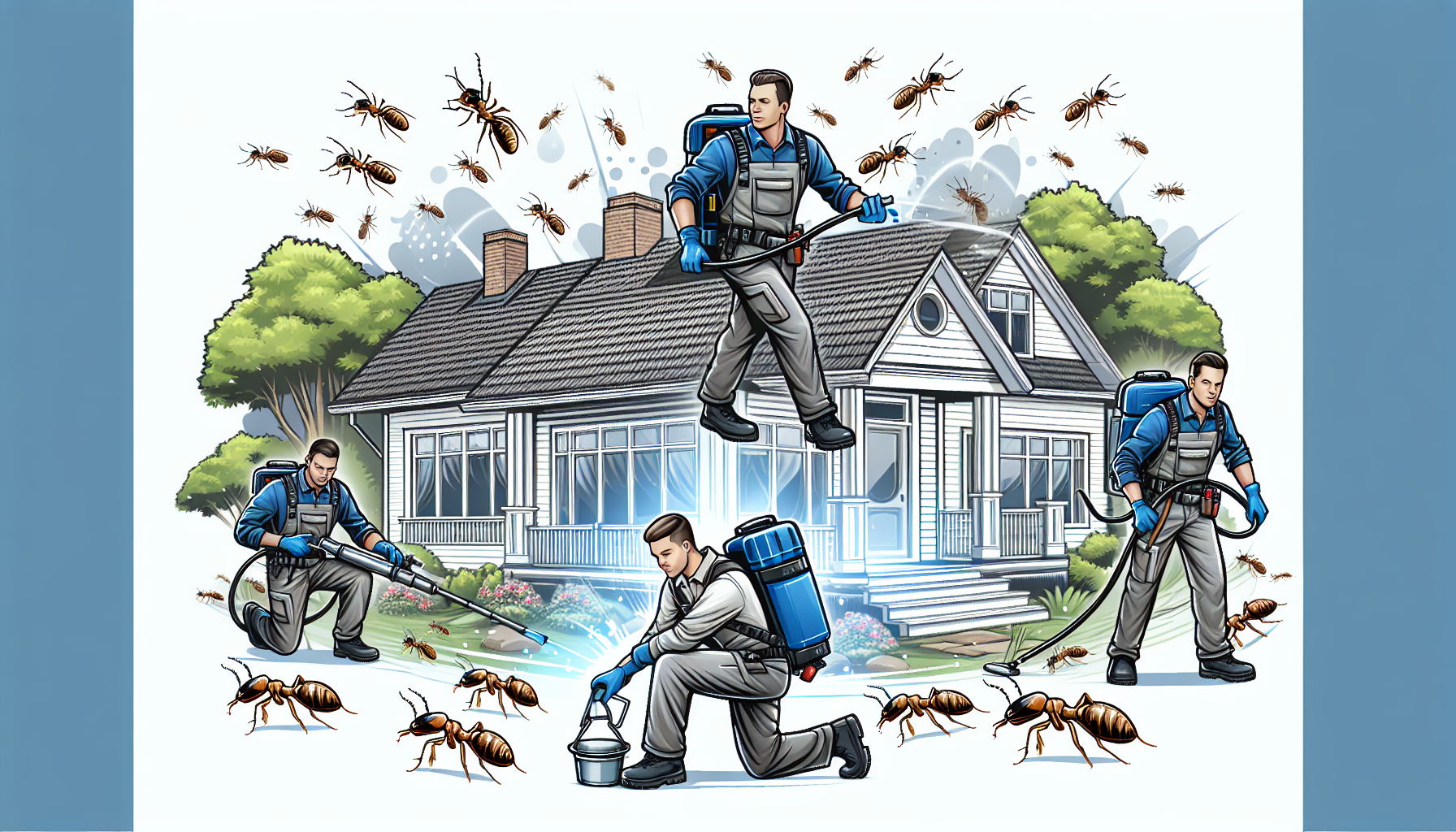
While the aforementioned strategies can reduce the risk of termite swarming, sometimes the expertise of professional pest control services is required to ensure the effective removal and eradication of termite infestations. Termite specialists are equipped with advanced methods and in-depth knowledge to protect homes from these destructive invaders.
From assessing the extent of an infestation to deploying the right treatments, professional pest control provides a critical safety net for homeowners facing serious termite threats.
The Importance of a Free Termite Inspection
A yearly termite inspection forms an integral part of an all-encompassing termite prevention plan. These inspections act as a preventive measure, identifying signs of termite presence and activity before severe damage occurs. Recognizing that homeowners may be hesitant about the cost, some companies, such as Native Pest Management, offer free termite inspections. These no-cost evaluations provide valuable insights into the health of your property and can be the deciding factor in taking prompt, effective action against termites.
Free termite inspections offer several benefits for homeowners:
They allow you to evaluate the quality and reliability of a pest control company without any financial commitment.
By taking advantage of these offers, you can ensure that your chosen termite control partner has the expertise and customer service necessary to protect your home for the long haul.
Regular inspections not only catch problems early but also build a relationship with professionals who can respond quickly and effectively to any termite threat that arises.
Choosing the Right Termite Treatment
Given the variety of termite treatments available, choosing the appropriate method is vital for successful termite control. Baiting stations offer a discreet, non-invasive option, strategically placed around your property to intercept and eliminate termites. Chemical barriers, on the other hand, involve applying termiticides around the foundation of your home, creating a long-lasting deterrent against termite invasions.
For widespread infestations, tent fumigation can be a necessary, if drastic, solution, enveloping the house and allowing gas to penetrate deep into wood structures where termites hide. No-tent treatments cater to more localized areas of infestation, treating termites in situ without requiring homeowners to vacate the premises.
Professional termite control is particularly crucial for severe infestations, with companies offering tailored solutions that may combine various treatments to ensure the complete eradication of these destructive pests.
Summary
As we close the chapter on termite swarming season, remember that the key to maintaining a termite-free home lies in vigilance and proactive measures. From understanding the swarming habits of different termite species to recognizing the signs of an active infestation and taking preventative steps, each action you take fortifies your home against these insidious invaders. Should termites breach your defenses, professional termite control stands ready as your ally, offering tailored solutions to reclaim your home and peace of mind. Take action today, and make termite swarming season a time of preparation, not panic.
Frequently Asked Questions
Do swarming termites mean infestation?
Seeing swarming termites doesn’t necessarily indicate an active infestation, but it’s important to have a professional assess the situation. Contact a pest control company for a termite inspection to determine the extent of the issue.
What time of year should I be most concerned about termite swarms?
You should be most concerned about termite swarms from spring to fall, as different species swarm at different times during these seasons. Keep a close watch during these times to prevent infestations.
How can I tell if I have a termite infestation in my home?
If you notice flying termites near light sources or discarded wings near windowsills, along with mud tubes on exterior walls, it’s important to contact a termite control professional to address a possible infestation.
Are there any DIY measures I can take to prevent termites?
Yes, there are several DIY measures you can take to prevent termites, such as removing dead wood and debris, reducing moisture, ensuring proper ventilation, storing firewood away from your home, and maintaining a gap between soil and wooden structures. These steps can help deter termite infestations.
When should I consider professional termite treatment?
Consider professional termite treatment if you detect signs of an active infestation or live in a high termite risk area. Annual inspections by a termite control specialist can also help identify the need for treatment.



